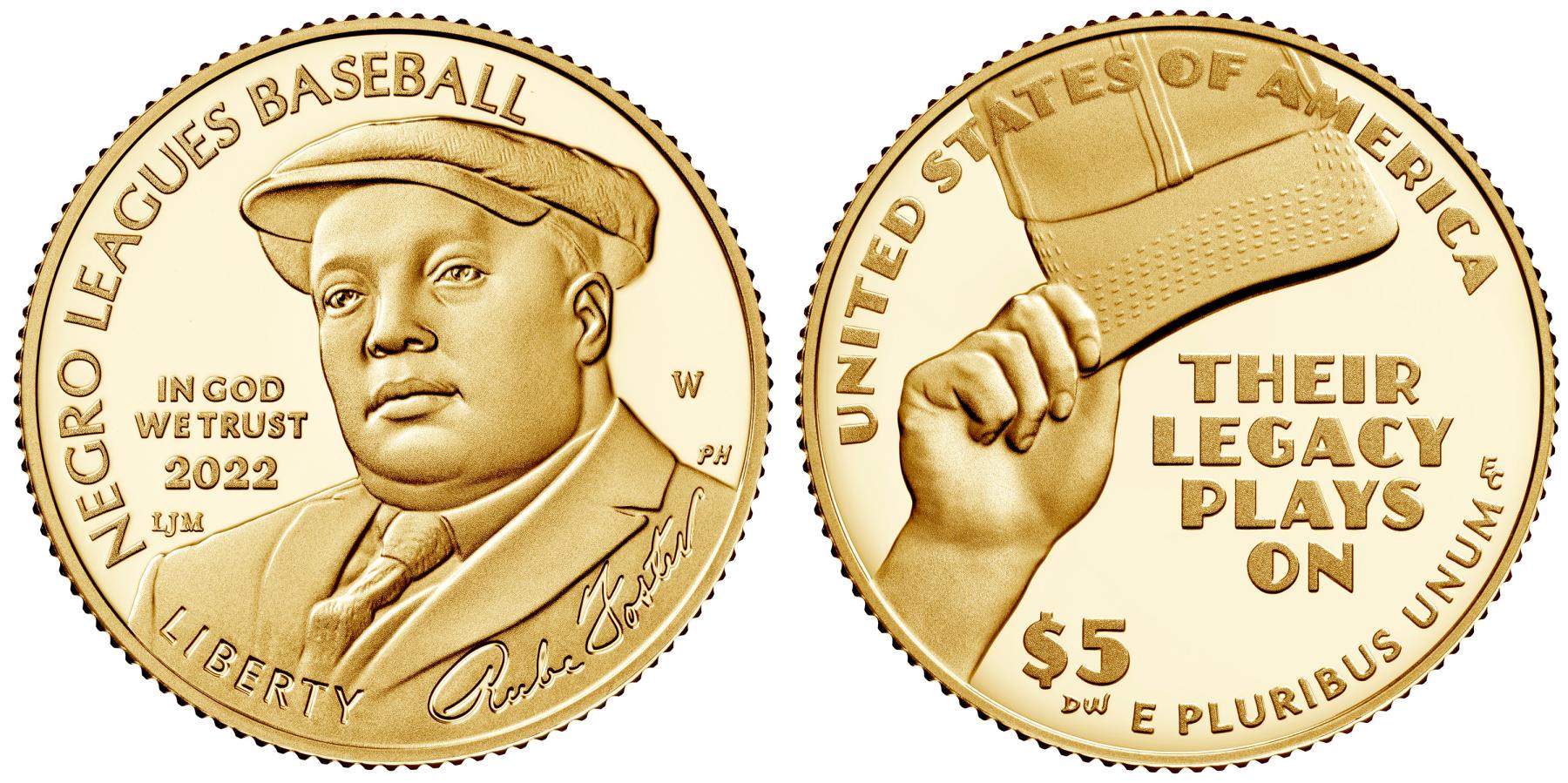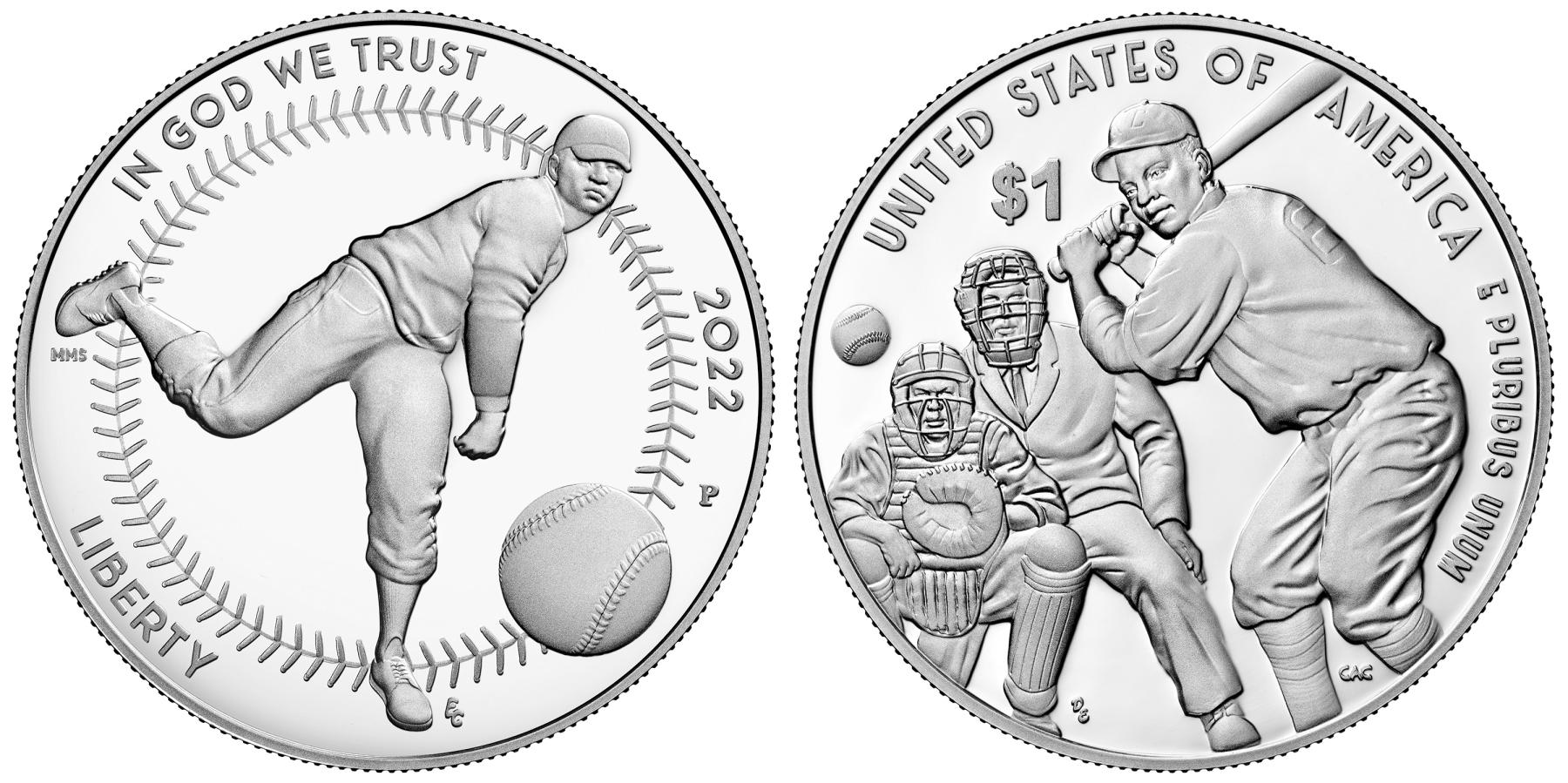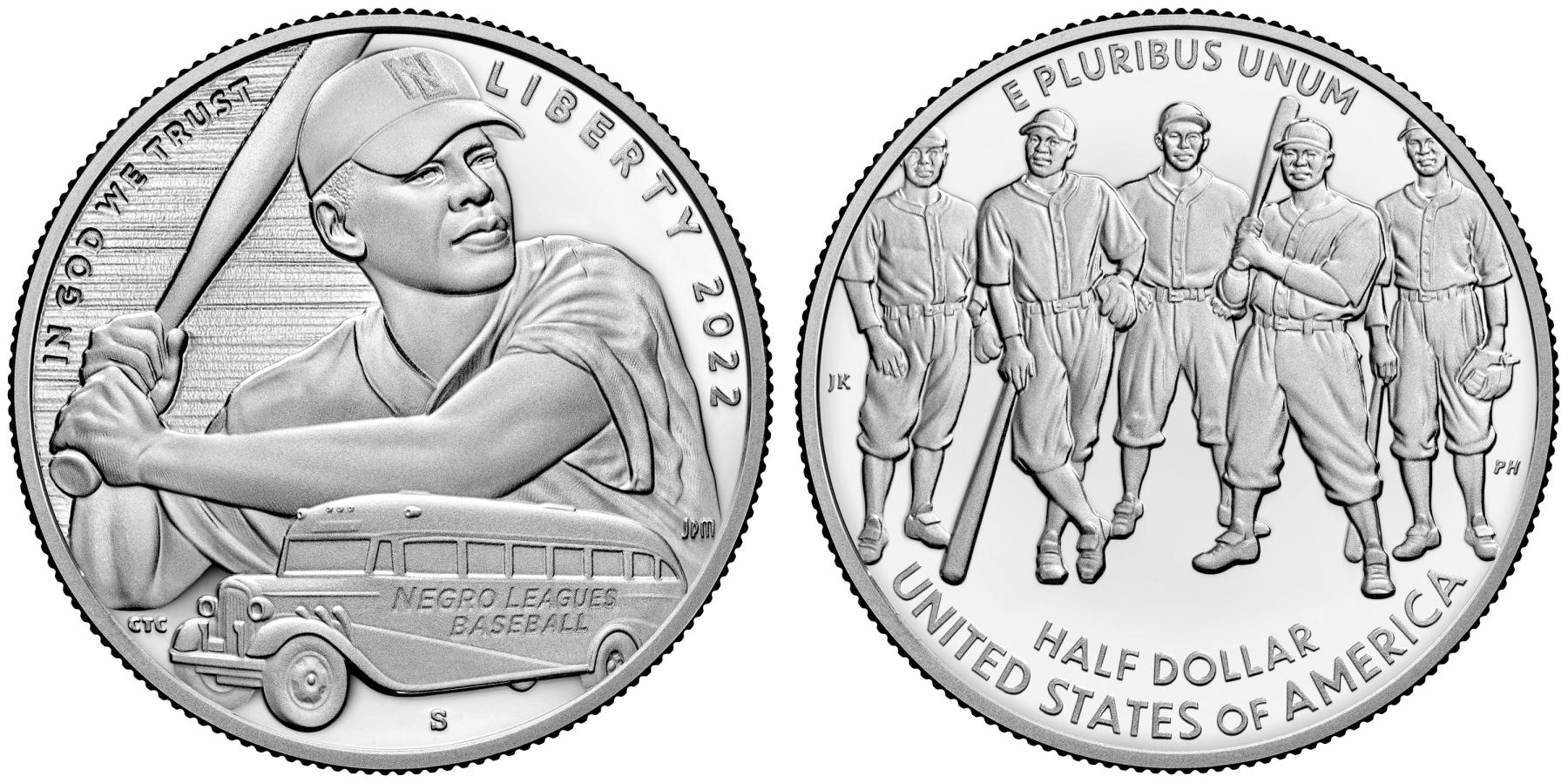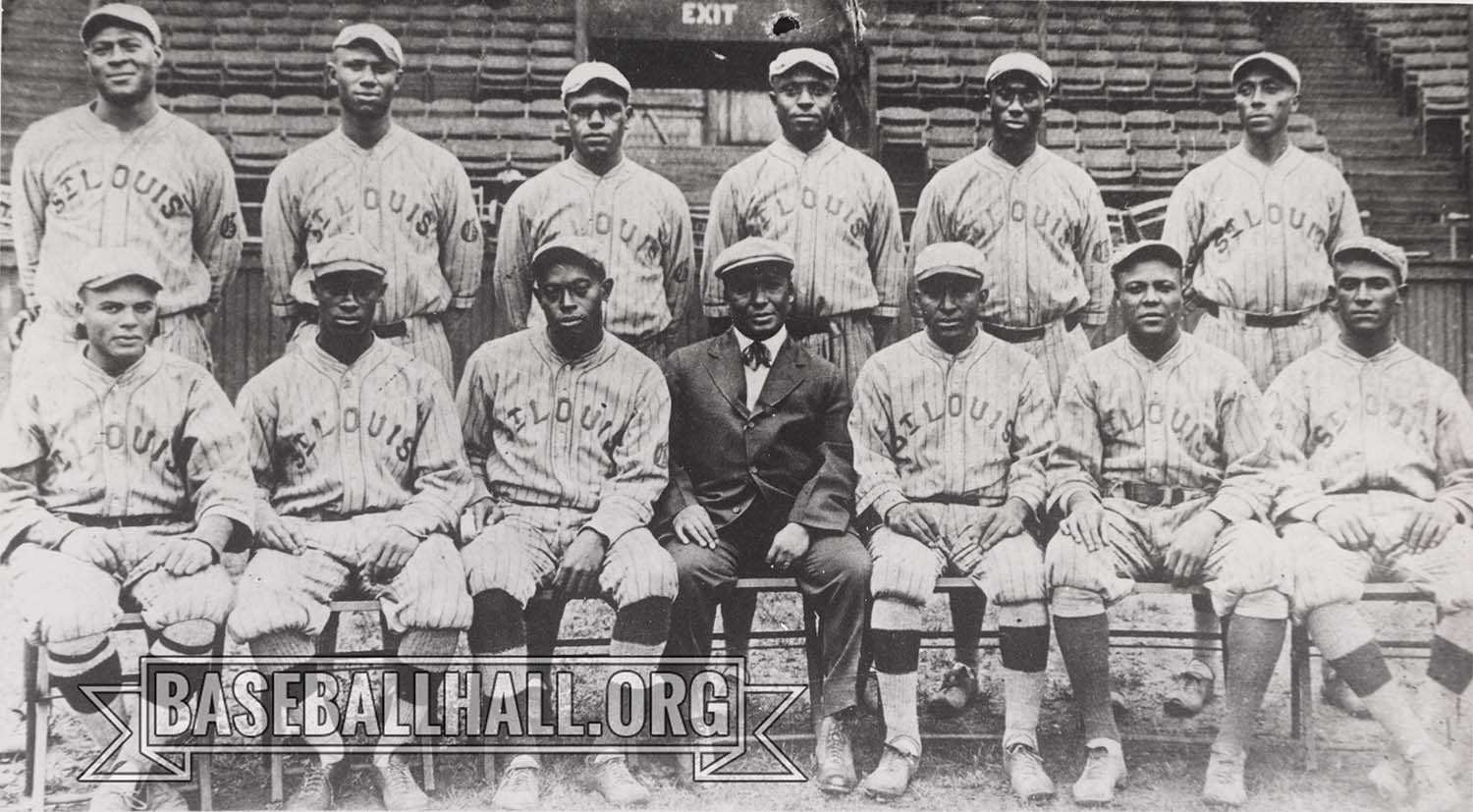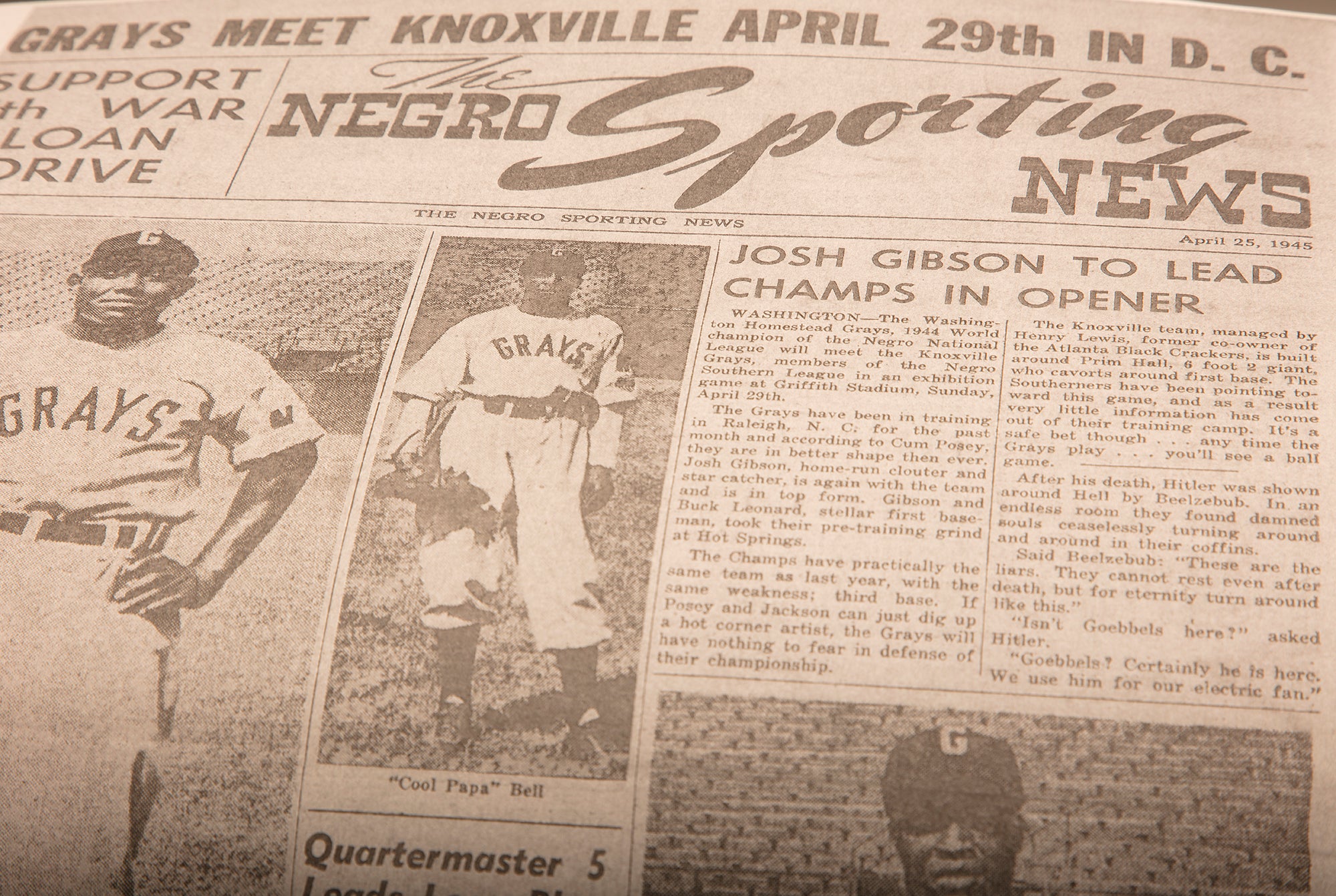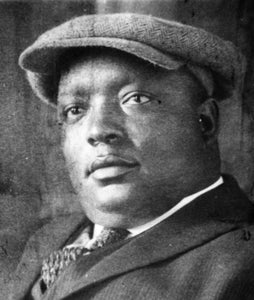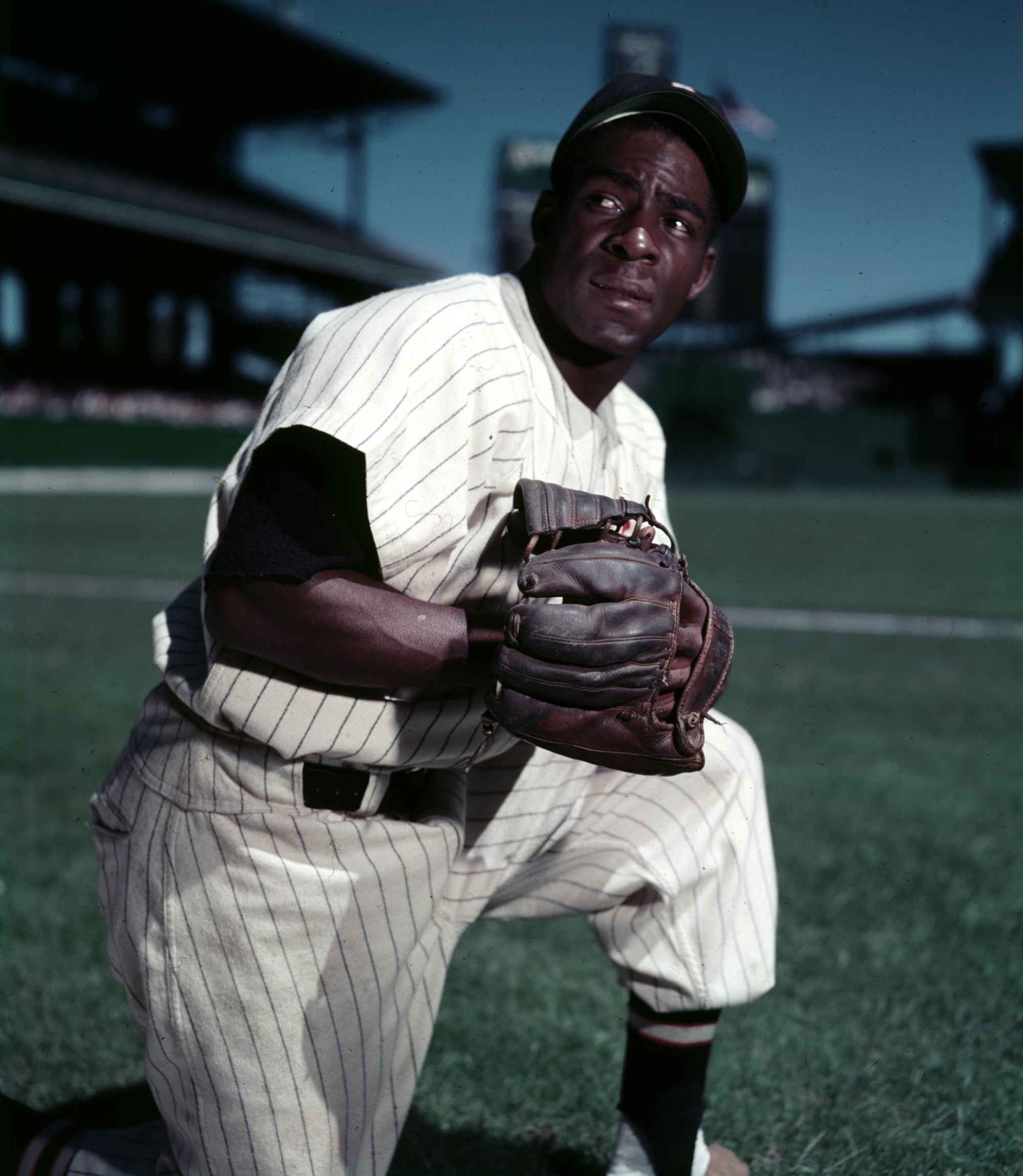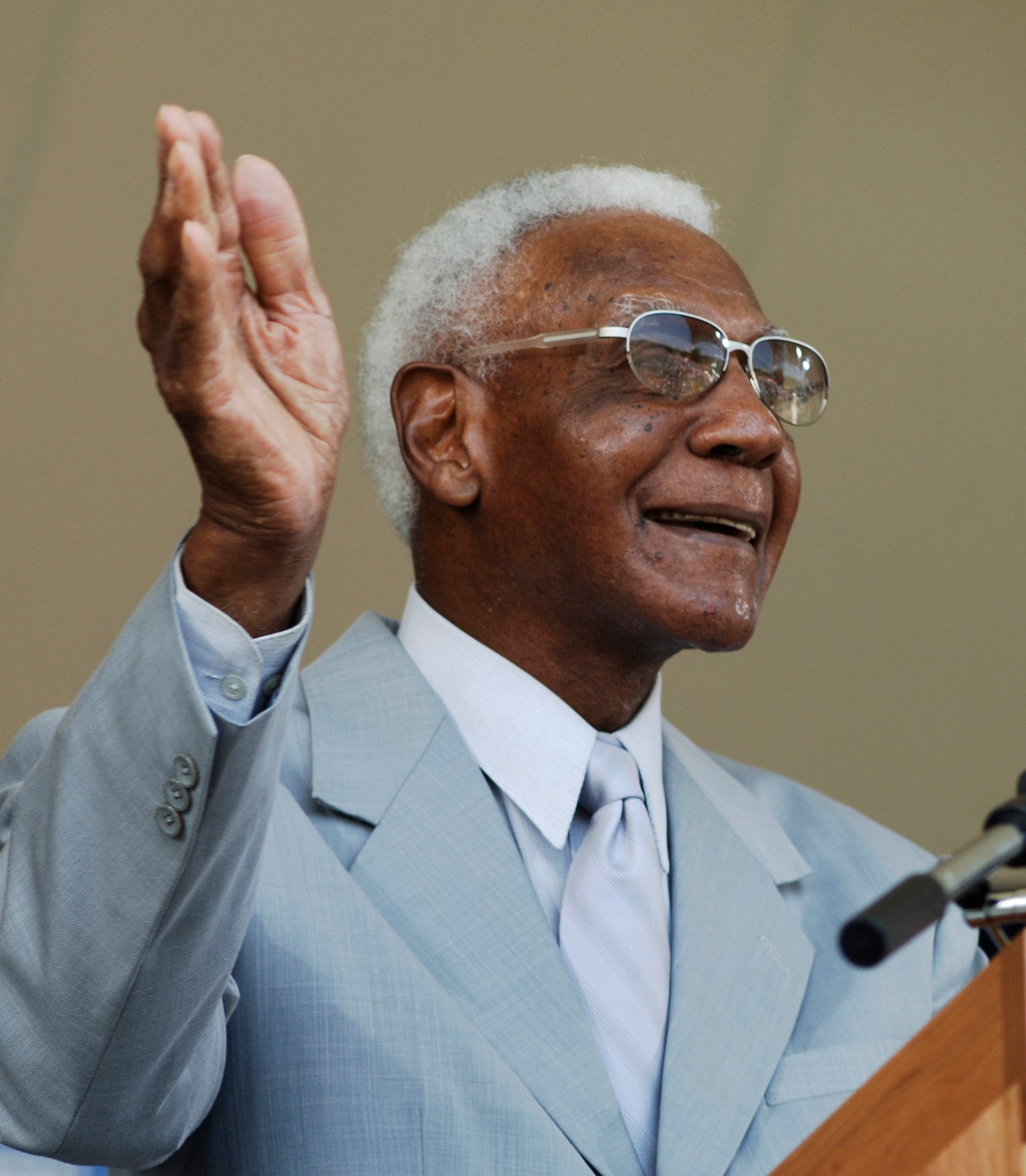- Home
- Our Stories
- U.S. Mint helping preserve Negro Leagues legacy
U.S. Mint helping preserve Negro Leagues legacy
The rich history of the Negro Leagues is preserved at the National Baseball Hall of Fame and Museum in Cooperstown and at the Negro Leagues Baseball Museum in Kansas City, Mo.
Now, that history will be preserved by the United States Mint as part of the 2022 Negro Leagues Baseball Commemorative Coin Program.
Through legislation, Congress can authorize two commemorative coin programs per year. The price of the coins produced by the U.S. Mint includes a surcharge to benefit a nonprofit organization — in this case the Negro Leagues Baseball Museum.
“It’s the first ever U.S. Mint coin recognizing the Negro Leagues,” said Bob Kendrick, president of the Negro Leagues Baseball Museum. “It speaks again to the importance of the Negro Leagues being recognized in the echelon of U.S. history.”
The program includes three coins, a $5 gold coin, a $1 silver coin and a half-dollar clad coin. The Negro Leagues Museum choose to use a different design for each of the denominations, based on the themes of pride, passion and perseverance.
“I think those are the three landmarks of what the Negro Leagues stood for on and off the field,” Kendrick said.
The Negro Leagues Baseball Museum and the United States Mint teamed up in 2022 to produce commemorative coins. On one side of the five-dollar gold coin is an image of Rube Foster, a 1981 Baseball Hall of Fame inductee who organized the Negro National League in Kansas City in 1920. His signature also adorns the coin. (Courtesy U.S. Mint)
On one side of the five-dollar gold coin is an image of Rube Foster, a 1981 Baseball Hall of Fame inductee who organized the Negro National League in Kansas City in 1920. His signature also adorns the coin. The backside represents a player tipping his cap and reads “THEIR LEGACY PLAYS ON” with “UNITED STATES OF AMERICA” wrapping around the top.
The silver dollar depicts a pitcher immediately after throwing a baseball in front of seams in a circle around the coin. The backside gives the reverse end of the action, with a batter preparing to hit the pitch. A catcher is squatted behind him, waiting to catch the pitch, and an umpire is set up waiting to call it. (Courtesy U.S. Mint)
The silver dollar depicts a pitcher immediately after throwing a baseball in front of seams in a circle around the coin. Outside the coin it reads “IN GOD WE TRUST,” “2022” and “LIBERTY.” The backside gives the reverse end of the action, with a batter preparing to hit the pitch. A catcher is squatted behind him, waiting to catch the pitch, and an umpire is set up waiting to call it. The side of the coin reads “UNITED STATES OF AMERICA” and “E PLURIBUS UNUM.”
The third coin, a half dollar, has an image of a batter on the front with an interlocking NL on the hat. He represents “the determination to play the game he loves, regardless of challenging circumstances,” according to the U.S. Mint website. Below him is a bus that reads Negro League Baseball, representing the busses that Negro Leagues teams would often live on during road trips while being denied stays in hotels. The reverse displays five Negro League players standing side by side.
Each coin comes in a black commemorative U.S. Mint box.
The coins were originally intended to be minted in 2020, the 100th anniversary of the Negro Leagues. The COVID-19 pandemic forced the delay of the coin’s minting.
The 2022 minting of the coin coincides with Buck O’Neil’s Hall of Fame induction. O’Neil, who broke into baseball in the Negro American League and was a player-manager for the Kansas City Monarchs, was integral in the founding of the Negro Leagues Museum in 1990.
“When we started this process, we had no idea Buck O’Neil would be elected in 2022,” Kendrick said. “We’re thankful in many ways this all aligns with each other.”
Besides O’Neil, the Class of 2022 also features Bud Fowler, one of the earliest Black professional baseball players, and Minnie Miñoso, who played in the Negro Leagues before signing with the Cleveland Indians in 1948.
The second coin in 2022 is for the National Purple Heart Hall of Honor. In 2014, the National Baseball Hall of Fame Coin Program, honoring the Museum’s 75th anniversary, was one of the most successful commemorative coin programs in history.
The coins will be made on a limited basis through the end of 2022: 400,000 half dollars, 400,000 silver dollars and 50,000 gold five-dollar coins.
Surcharges of $35 per gold coin, $10 for each silver dollar and $5 for each half dollar will be paid to the Negro Leagues Baseball Museum for educational programs and exhibits.
Evan Gerike was the 2022 public relations intern in the Hall of Fame’s Frank and Peggy Steele Internship Program for Youth Leadership Development

